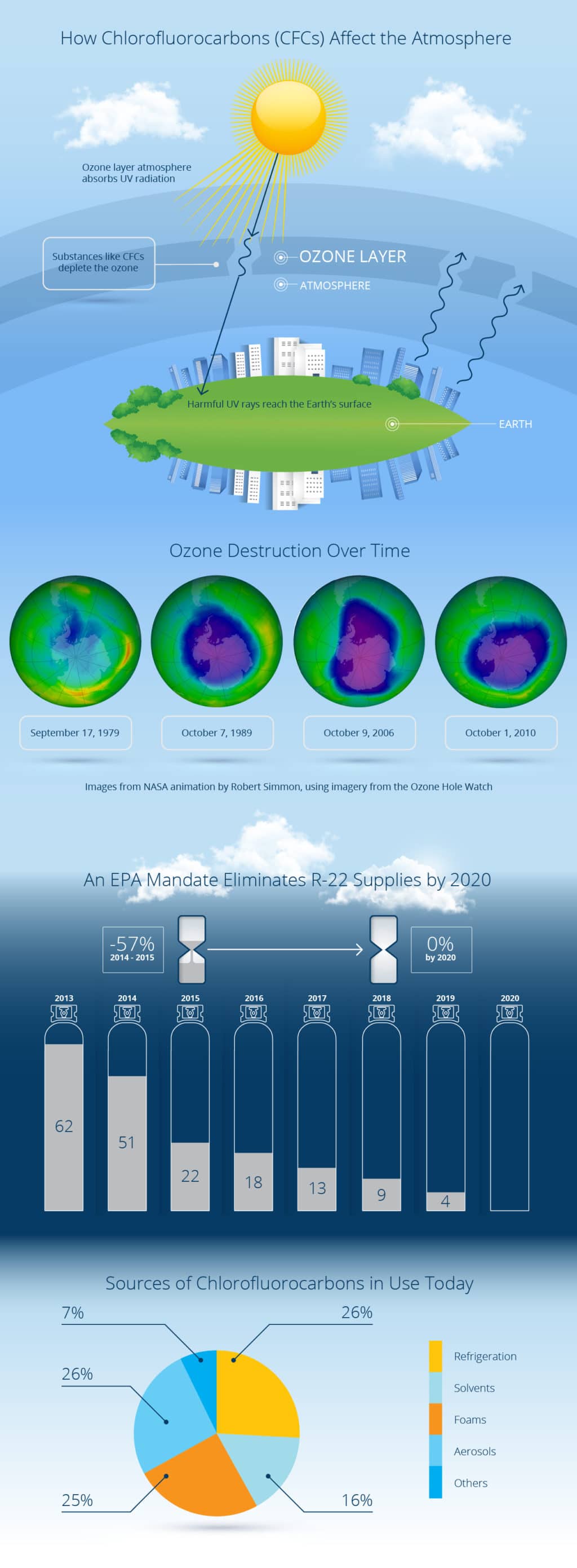The Future Of Home Home Heating - Exactly How Heatpump Technology Is Developing
The Future Of Home Home Heating - Exactly How Heatpump Technology Is Developing
Blog Article
Web Content Author-Marshall Dominguez
Heatpump will certainly be a critical innovation for decarbonising heating. In a scenario constant with governments' announced energy and climate commitments, their global capability doubles by 2030, while their share in home heating rises to one-quarter.
They function best in well-insulated homes and depend on power, which can be provided from a renewable power grid. Technical innovations are making them extra effective, smarter and more affordable.
Fuel Cells
Heat pumps utilize a compressor, cooling agent, coils and fans to relocate the air and warmth in homes and home appliances. They can be powered by solar power or electricity from the grid. They have been acquiring appeal as a result of their inexpensive, peaceful procedure and the capacity to create electrical energy during peak power demand.
Some business, like IdaTech and BG MicroGen, are working with gas cells for home heating. These microgenerators can replace a gas boiler and create some of a house's electric needs with a connection to the power grid for the remainder.
But there are reasons to be hesitant of using hydrogen for home heating, Rosenow states. It would be costly and inefficient compared to various other technologies, and it would add to carbon discharges.
Smart and Connected Technologies
Smart home innovation allows homeowners to link and control their gadgets from another location with making use of smartphone apps. For example, wise thermostats can discover your home heating preferences and automatically adjust to enhance energy intake. Smart lighting systems can be controlled with voice commands and instantly shut off lights when you leave the space, decreasing power waste. And clever plugs can keep track of and handle your electric usage, enabling you to determine and restrict energy-hungry home appliances.
The tech-savvy family shown in Carina's meeting is a good illustration of exactly how residents reconfigure room heating techniques in the light of brand-new smart home modern technologies. They rely on the tools' computerized features to perform daily adjustments and regard them as a convenient ways of conducting their heating practices. Thus, they see no factor to adjust their methods further in order to make it possible for versatility in their home energy demand, and interventions focusing on doing so may deal with resistance from these households.
Power
Considering that heating homes represent 13% of US exhausts, a switch to cleaner choices could make a large difference. But the innovation encounters difficulties: It's pricey and calls for substantial home remodellings. And it's not always compatible with renewable resource sources, such as solar and wind.
Up until lately, electric heat pumps were also expensive to take on gas models in many markets. Yet brand-new developments in layout and products are making them much more budget friendly. And far better chilly environment performance is allowing them to operate well even in subzero temperature levels.
The following step in decarbonising heating may be using warm networks, which attract warmth from a central resource, such as a close-by river or sea inlet, and disperse it to a network of homes or buildings. That would reduce carbon discharges and enable families to make use of renewable resource, such as eco-friendly electricity from a grid provided by renewables. https://www.nytimes.com/2017/06/02/realestate/the-best-way-to-cool-your-space.html would certainly be much less expensive than switching to hydrogen, a fossil fuel that needs new facilities and would only minimize carbon dioxide emissions by 5 percent if paired with enhanced home insulation.
Renewable resource
As electricity rates drop, we're beginning to see the same pattern in home heating that has actually driven electrical automobiles into the mainstream-- but at an even quicker pace. The solid environment instance for electrifying homes has been pressed even more by brand-new research study.
Renewables represent a considerable share of modern heat intake, yet have been offered restricted plan focus around the world compared to other end-use industries-- and even much less focus than electricity has. In part, this mirrors a mix of consumer inertia, split motivations and, in lots of countries, aids for fossil fuels.
New modern technologies could make the change less complicated. For instance, heatpump can be made extra power effective by changing old R-22 cooling agents with brand-new ones that don't have the high GWPs of their predecessors. official source imagine district systems that attract heat from a neighboring river or sea inlet, like a Norwegian arm. The cozy water can after that be utilized for heating & cooling in an area.